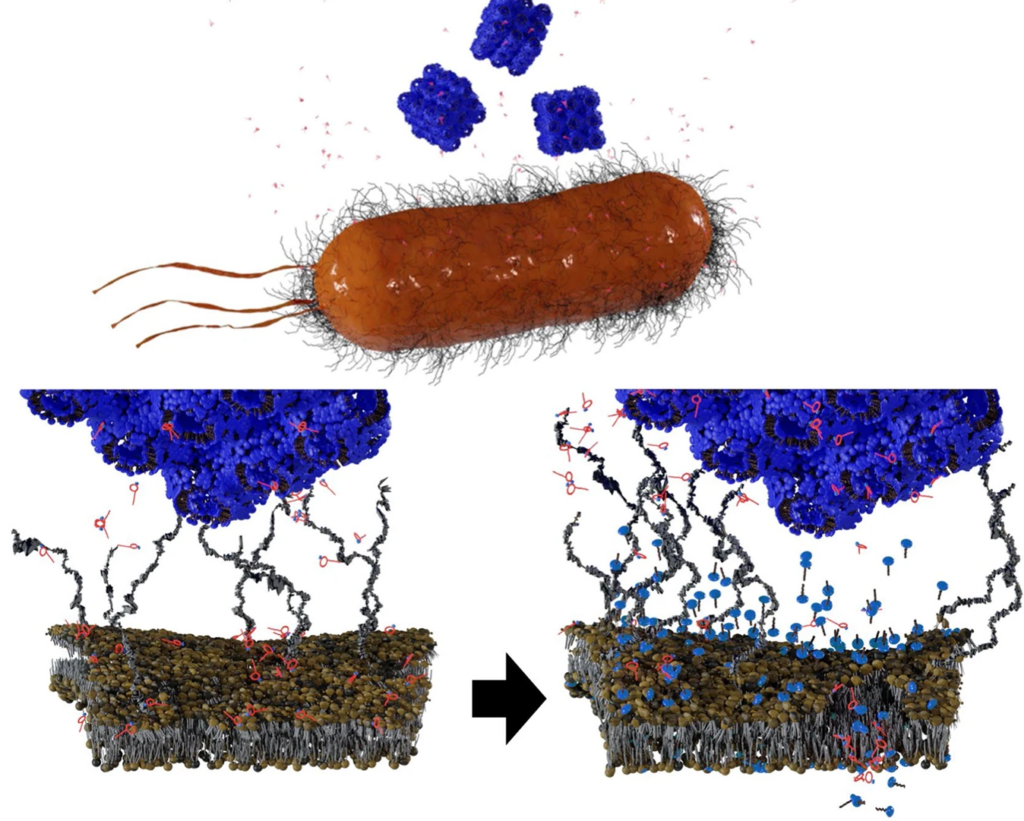Nanoparticle Could Boost Polymyxin B for Gram-negative Sepsis

To treat Gram-negative sepsis, Purdue University researchers are developing an injectable nanoparticle that can safely deliver Polymyxin B at high enough levels to inactivate endotoxins. Their research is published in Science Advances.
With an estimated annual mortality of between 30 and 50 deaths per 100 000 population,this condition ranks in the top 10 causes of death. One in three patients who die in a hospital has sepsis. Sepsis is a systemic illness caused by microbial invasion of normally sterile parts of the body, occurring when the body’s immune response to an infection or injury goes unchecked. The condition makes blood vessels leaky, leading to inflammation and blood clots, leading to impaired blood flow and possible death.
Professor Yoon Yeo leads a Purdue University team developing biocompatible nanoparticles that treat sepsis systemically through intravenous injection.
Prof Yeo said Polymyxin B, a traditional antibiotic, can inactivate endotoxins that cause a specific type of sepsis, but it may be too toxic for systemic application. For sepsis therapy, it mostly has been tested in extracorporeal blood cleaning, which is cumbersome and time consuming.
“Our nanoparticle formulations reduce dose-limiting toxicity of Polymyxin B without losing its ability to inactivate endotoxins,” Prof Yeo said.
In mouse models of sepsis, 100% treated with the Purdue nanoparticle were protected from excessive inflammation and survived.
“This technology holds promise as a safe, convenient option for patients and physicians,” Prof Yeo said.
Source: Purdue University


